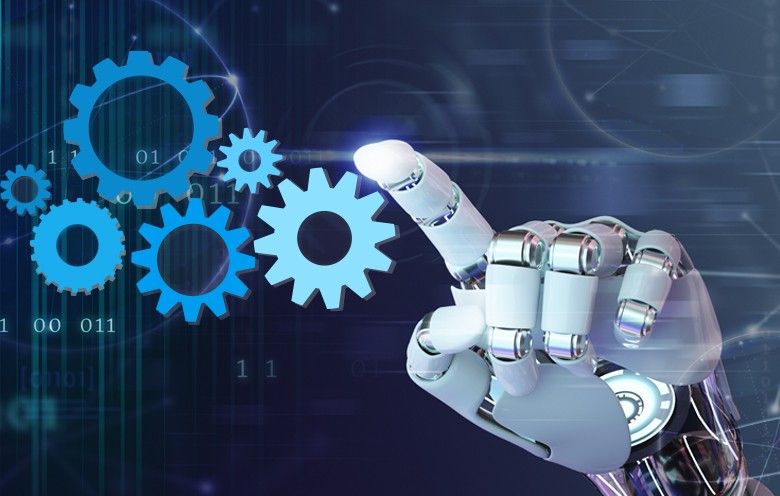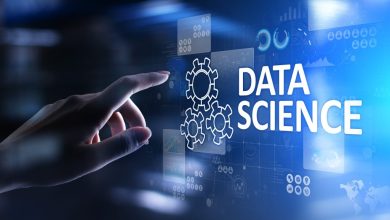
The ever-growing deluge of data presents both opportunities and challenges for businesses. Data engineers, the unsung heroes of the data world, are tasked with building and maintaining the pipelines that transform raw data into actionable insights. However, the sheer volume and complexity of data can overwhelm traditional data engineering approaches. This is where Artificial Intelligence (AI) steps in, offering a powerful set of tools to automate tasks, improve efficiency, and unlock the true potential of data.
This blog dives deep into the exciting world of AI-powered data engineering, exploring various use cases that are revolutionizing the field.

Use cases of AI in Data Engineering
- Automating Data Ingestion and Integration:
Data ingestion, the process of collecting data from various sources, can be a time-consuming and error-prone task. AI can automate this process by:
- Identifying data sources: AI algorithms can crawl websites, APIs, and databases to automatically discover relevant data sources, saving engineers the time and effort of manual configuration.
- Data extraction: AI can be trained to understand different data formats and structures, extracting the desired information from diverse sources with minimal human intervention.
- Real-time data processing: Traditional data integration process often struggle with high-velocity data streams. AI can be used to build real-time ingestion pipelines that adapt to changing data volumes and formats.
- Intelligent Data Cleansing and Transformation:
Raw data is rarely perfect. It can contain errors, inconsistencies, and missing values. AI can significantly improve data quality through:
- Anomaly detection: AI algorithms can identify unusual patterns and potential errors in data, allowing engineers to focus on fixing critical issues.
- Data imputation: Missing data points can be a major roadblock. AI can predict missing values based on existing patterns and relationships within the dataset, ensuring complete and accurate data for analysis.
- Data standardization and normalization: AI can automate data cleaning tasks like format conversion, unit transformation, and string manipulation, as well as RPA processes, freeing up engineers for more complex tasks.
- AI-driven Data Profiling and Lineage Tracking:
Understanding the characteristics and origin of data is crucial for effective analysis. AI can assist in:
- Automated data profiling: AI can automatically analyze data to identify data types, statistical properties, and potential biases, providing valuable insights into the data’s quality and suitability for specific use cases.
- Intelligent data lineage tracking: Tracking the journey of data from its origin to its final destination is often a manual and laborious process. AI can automate data lineage tracking, allowing engineers to easily understand how data has been transformed and manipulated throughout the pipeline.
- Data versioning and rollbacks: AI can streamline data versioning and rollback processes, ensuring a clear audit trail and facilitating troubleshooting in case of errors.
- Self-Optimizing Data Pipelines with Machine Learning:
Data pipelines are complex systems that require constant monitoring and optimization. AI can be used to:
- Performance monitoring and anomaly detection: AI can continuously monitor pipeline performance, identifying bottlenecks, delays, and potential failures.
- Resource optimization: AI can analyze resource utilization across the data infrastructure and suggest adjustments to optimize resource allocation and reduce costs.
- Self-healing pipelines: Machine learning algorithms can be trained to automatically detect and recover from pipeline failures, minimizing downtime and ensuring data flow continuity.
- Generative AI for Data Augmentation and Synthetic Data Creation:
Data scarcity can be a major hurdle in building robust AI models. AI can help in this area by:
- Data augmentation: AI can generate synthetic data that mirrors the characteristics of existing data, increasing the size and diversity of datasets for training machine learning models.
- Privacy-preserving data synthesis: AI can be used to create synthetic versions of real data, allowing sensitive information to be masked while still preserving the data’s utility for model development.
- Data simulation: AI can be used to simulate real-world scenarios and generate realistic data that can be used to test and refine models before deployment in production environments.
The Future of AI in Data Engineering
The use cases of AI in data engineering are constantly evolving. As AI technology continues to advance, we can expect to see even more innovative applications emerge. Here are some potential future directions:
- AI-powered data governance: AI can be used to automate data governance tasks like access control, data security, and compliance management, ensuring responsible and secure data handling.
- Democratizing data engineering: AI-powered tools can simplify data engineering tasks, making data accessible to a wider range of users with less technical expertise.
As AI continues to evolve, the possibilities within data engineering will only expand. From generating synthetic data to automating data lineage tracking and facilitating data discovery, AI is poised to revolutionize the way we manage, process, and analyze data. By embracing AI as a powerful partner, data engineers can ensure their organizations are well-positioned to thrive in the age of big data.
This shift towards an AI-powered data engineering landscape presents an exciting opportunity for businesses to extract maximum value from their data assets, ultimately driving innovation, improving efficiency, and gaining a competitive edge.




